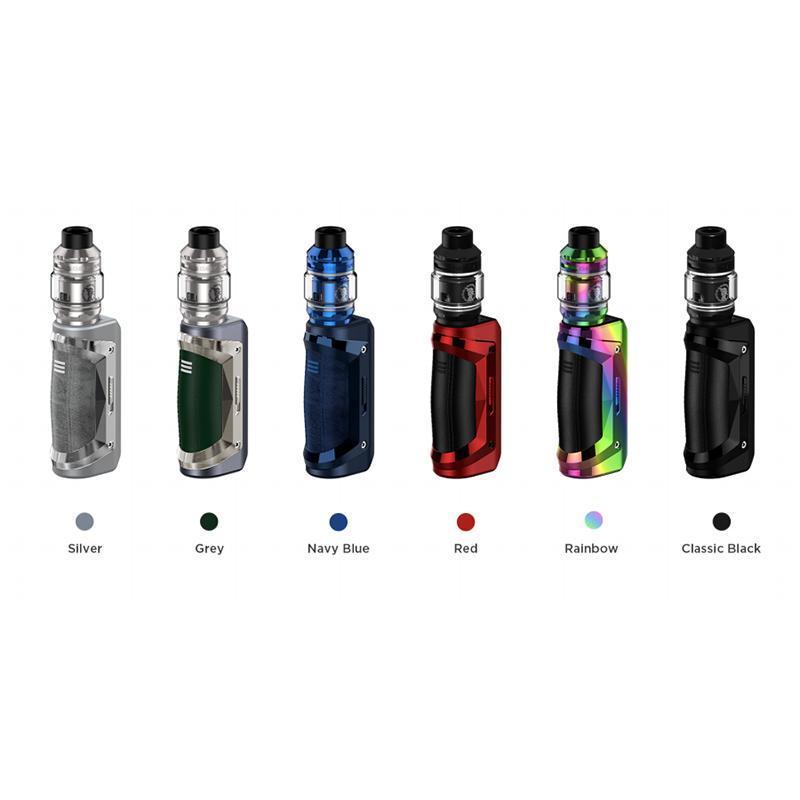In the ever-expanding digital landscape of Australia, the persistent threat of ransomware hangs over our heads. As organisations grapple with increasingly sophisticated cyber threats, adopting proactive strategies to fortify their defences becomes paramount. One such crucial approach is proactive penetration testing, a powerful tool in the arsenal against ransomware attacks. Cybra Security explore in this article the landscape of ransomware in the Australian market and delves into the significance of proactive penetration testing as a robust defence strategy.
Understanding the Ransomware Landscape in Australia:
Like the rest of the world, Australia has witnessed a surge in ransomware attacks over recent years by threat actors ranging from financially motivated cyber criminals to state-sponsored groups targeting organisations of all sizes and sectors. The impact of these attacks extends beyond financial losses, affecting the integrity of sensitive data, eroding customer trust, and causing significant operational disruptions.
In the Australian market, small to medium-sized enterprises (SMEs) often find themselves particularly vulnerable to ransomware attacks. Limited resources and a perception that they may not be primary targets can leave them exposed. However, larger enterprises and critical infrastructure sectors are not immune, as attackers continuously evolve their tactics to exploit vulnerabilities and gain unauthorised access.
The Role of Proactive Penetration Testing:
Proactive penetration testing stands as a proactive and preemptive measure in the cybersecurity toolkit. Unlike traditional penetration testing, which often focuses on identifying vulnerabilities reactively, proactive testing seeks to anticipate and address potential weak points before threat actors can exploit them. This approach is especially critical in the context of ransomware defence, where the stakes are high, and the cost of failure can be substantial.
Identifying Vulnerabilities Before Attackers Do:
Proactive penetration testing involves simulating real-world cyber-attacks to identify vulnerabilities in an organisation's systems, networks, and applications. By actively seeking weak points, security teams can discover and patch potential entryways for ransomware before malicious actors exploit them. This preemptive approach enhances the overall security posture and resilience of an organisation.
Assessing Human Vulnerabilities:
Ransomware attacks often leverage social engineering tactics to infiltrate organisations. Proactive penetration testing includes assessing human vulnerabilities through methods such as phishing simulations and social engineering tests. This helps organisations train their employees to recognise and resist potential ransomware delivery mechanisms, reducing the likelihood of successful attacks.
Staying One Step Ahead of Evolving Threats:
The threat landscape is dynamic, with attackers constantly innovating their tactics. Proactive penetration testing allows organisations to stay one step ahead by testing their defences against the latest ransomware techniques and attack vectors. This continuous testing and adaptation are crucial for maintaining an effective defence in the face of rapidly evolving threats.
Customizing Defense Strategies:
Every organisation in the Australian market is unique, with its own set of assets, technologies, and operational nuances. Proactive penetration testing provides a tailored approach to cybersecurity by identifying vulnerabilities specific to an organisation's infrastructure and environment. This customisation allows for the development of targeted defence strategies that align with the organisation's risk profile and business objectives.
Meeting Regulatory Compliance Requirements:
With the increasing focus on data protection and privacy, regulatory bodies in Australia are tightening their requirements for cybersecurity measures. Proactive penetration testing not only helps organisations fortify their defences but also ensures compliance with industry regulations. This is particularly relevant for sectors such as finance, healthcare, and critical infrastructure, where regulatory scrutiny is high.
Implementing Proactive Penetration Testing:
As organisations in Australia recognise the critical importance of proactive penetration testing in ransomware defence, the implementation of effective strategies becomes a top priority. The following steps outline a comprehensive approach tailored to the Australian market:
Comprehensive Risk Assessment:
Begin with a thorough risk assessment to understand your organisation's unique threats and vulnerabilities. This includes evaluating the potential impact of a ransomware attack, identifying critical assets, and assessing the organisation's overall risk appetite.
Engage Skilled Penetration Testers:
Proactive penetration testing requires the expertise of skilled professionals who can emulate real-world attack scenarios. Engage certified and experienced penetration testers who understand the Australian cybersecurity landscape and can tailor their approach to the specific challenges faced by organisations in the region.
Simulate Real-World Ransomware Scenarios:
The simulation of real-world ransomware scenarios should encompass a variety of attack vectors, including phishing, supply chain attacks, and exploitation of software vulnerabilities. This comprehensive testing helps organisations identify and address weaknesses across different facets of their cybersecurity infrastructure.
Employee Training and Awareness:
Given the significant role employees play in ransomware defence, proactive penetration testing should include elements of employee training and awareness. Conduct simulated phishing campaigns and social engineering tests to assess and improve the resilience of the human element in the security chain.
Continuous Testing and Improvement:
Cyber threats are dynamic, and so should be defence strategies. Implement a continuous testing and improvement cycle, regularly reassessing and adapting penetration testing scenarios to align with emerging threats. This iterative approach ensures that organisations stay ahead of evolving ransomware tactics.
Collaborate with Industry Peers:
Information sharing is a powerful tool in the fight against cyber threats. Collaborate with industry peers, share threat intelligence, and participate in cybersecurity forums and communities specific to the Australian market. This collaborative approach enhances the collective defence posture and helps organisations prepare for emerging ransomware trends.
Integrate Proactive Testing into Incident Response Plans:
Proactive penetration testing should not operate in isolation but should be seamlessly integrated into an organisation's incident response plans. This ensures that identified vulnerabilities are promptly addressed and lessons learned from testing are translated into actionable improvements in the overall cybersecurity posture.
Conclusion:
As ransomware threats continue to escalate in the Australian market, organisations must adopt proactive measures to defend their digital fortresses. Proactive penetration testing emerges as a cornerstone in this defence strategy, offering a proactive and preemptive approach to identifying and addressing vulnerabilities before malicious actors can exploit them. By embracing this comprehensive and tailored approach, organisations in Australia can not only enhance their cybersecurity resilience but also stay ahead of the ever-evolving threat landscape. In the dynamic realm of cybersecurity, a proactive stance is not just a strategy; it's a necessity for safeguarding the digital future of the Australian business landscape.





